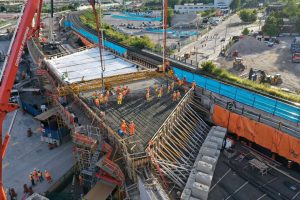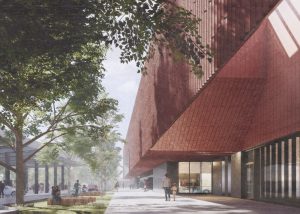End In Sight for Leaky Condo Litigation
End In Sight for Leaky Condo Litigation
Tired of talking about leaky condos? So are we. Fortunately, there are increasing signs that the building-envelope lawsuit frenzy is almost over.
For the past eight years an enormous number of lawsuits have worked their way through the British Columbia court system.
In the late 1990s and early 2000s the volume of “leaky condo” litigation was overwhelming. Literally hundreds of lawsuits were commenced, some involving as many as 30 parties. Many people predicted the worst – an overwhelmed judicial system, condominium owners left without redress, a rash of insolvent insurers and going forward a largely uninsured construction industry.
The experience during the past eight years has been somewhat more complex.
While most claimants have been unable to collect all of their losses, many have settled their claims for reasonable redress and while insurers will argue that they unfairly bore the majority of the economic cost of the “leaky condo” crisis, most concede that it could have been much worse for them.
Insurers lost significant money but survived. Some insurers left the British Columbia market altogether but, most remained – although premiums for construction industry participants have increased considerably.
Finally, as only one building envelope failure case has so far been to trial, the courts were not overwhelmed by this litigation boom.
What happened?
Since the late 1990s, hundreds of building envelope failure claims have been successfully settled at mediations. A mediation is a non-binding dispute resolution process, wherein settlement discussions are facilitated by a non-party participant.
The mediation process was perfectly suited to building envelope litigation.
All sides knew that litigating these extraordinarily complex lawsuits through to trial was likely to be prohibitively expensive and fraught with risk. Accordingly, once the parties analyzed their respective risks and factored in the cost of litigation, a consensus developed that negotiated settlements represented the most reasonable resolution to the problem.
While we can expect to continue to see some new claims arising, we anticipate that the numbers will continue to decrease to a very tiny fraction of what they were at the peak.
Many have predicted that the so-called “toxic” mould litigation would be the next major phase of building litigation. We have long thought that the threat of such litigation was overblown and was unlikely to take hold here in the way it has south of the border.
So far we have been correct and we have seen little in the way of toxic mould litigation claims. We do not anticipate that this will change.
Building envelope litigation has been an enormous strain on the construction industry for some time. Fortunately, the crisis has largely passed and the industry can focus on building its very bright future.
Christopher Hirst and Norman Streu are partners in the construction and engineering practice of the Vancouver law firm Alexander Holburn Beaudin & Lang LLP. Streu is also a past chair of the Vancouver Regional Construction Association.











Recent Comments
comments for this post are closed